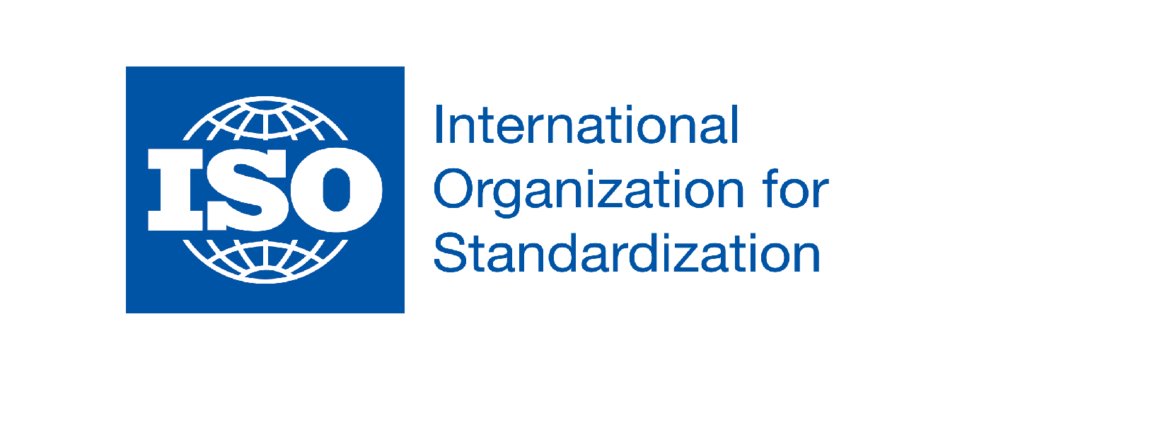

COURSE DETAILS
Category: Training
CERTIFIED INTERNAL AUDITOR
0.00


Course Content:
ISO 9001-QMS, ISO-14001-EMS, ISO- 45001, ISO-19011
ISO 9001:2015 (QUALITY MANAGEMENT SYSTEM)
- ISO 9001 is the international standard that specifies requirements for a quality management system (QMS). Organizations use the standard to demonstrate the ability to consistently
provide products and services that meet customer and regulatory requirements - ISO 9001:2015 specifies requirements for a quality management system when an organization
- Needs to demonstrate its ability to consistently provide products and services that meet customer and applicable statutory and regulatory requirements, and
- Aims to enhance customer satisfaction through the effective application of the system, including processes for improvement of the system and the assurance of conformity to customer
and applicable statutory and regulatory requirements
ISO 19011:2011 (OCCUPATIONAL HEALTH AND SAFETY)
- ISO 19011:2011 provides guidance on auditing management systems, including the principles of auditing, managing an audit programme and conducting management system audits, as well
as guidance on the evaluation of competence of individuals involved in the audit process, including the person managing the audit programme, auditors and audit teams - ISO 19011:2011 is applicable to all organizations that need to conduct internal or external audits of management systems or manage an audit programme
- The application of ISO 19011:2011 to other types of audits is possible, provided that special consideration is given to the specific competence needed
ISO 45001:2015 (OCCUPATIONAL HEALTH AND SAFETY)
- Over 6300 people die each day from work-related accidents or diseases - that’s nearly 2.3million every year*. The burden of occupational injuries and diseases is significant, both
for employers and the wider economy, resulting in losses from early retirements, staff absence and rising insurance premiums - To combat the problem, ISO is developing a new standard, ISO 45001, Occupational health and safety management systems - Requirements, that will help organizations reduce this
burden by providing a framework to improve employee safety, reduce workplace risks and create better, safer working conditions, all over the world - The standard is currently being developed by a committee of occupational health and safety experts, and will follow other generic management system approaches such as ISO 14001 and
ISO 9001. It will take into account other International Standards in this area such as OHSAS 18001, the International Labour Organization's ILO-OSH Guidelines, various national
standards and the ILO's international labour standards and conventions
ISO 14001:2015-EMS (ENVIRONMENTAL MANAGEMENT SYSTEMS STANDARD)
- ISO 45001 is intended for use by any organization, regardless of its size or the nature of its work, and can be integrated into other health and safety programmes such as worker
wellness and wellbeing. It can assist an organization to fulfill its legal requirements - At the highest level, ISO 14001:2015 covers the following topics with regard to environmental management systems ie. Context of the Organization, Leadership, Planning, Support,
Operation, Performance Evaluation & Improvement - Using ISO 14001:2015 has many benefits for organizations with environmental management systems. Organizations and companies find that using the standard helps them
- Improve resource efficiency
- Reduce waste
- Drive down costs
- Provide assurance that environmental impact is being measured
- Gain competitive advantage in supply chain design
- Increase new business opportunities
- Meet legal obligations
- Increase stakeholder and customer trust
- Improve overall environmental impact
- Manage environmental obligations with consistency
